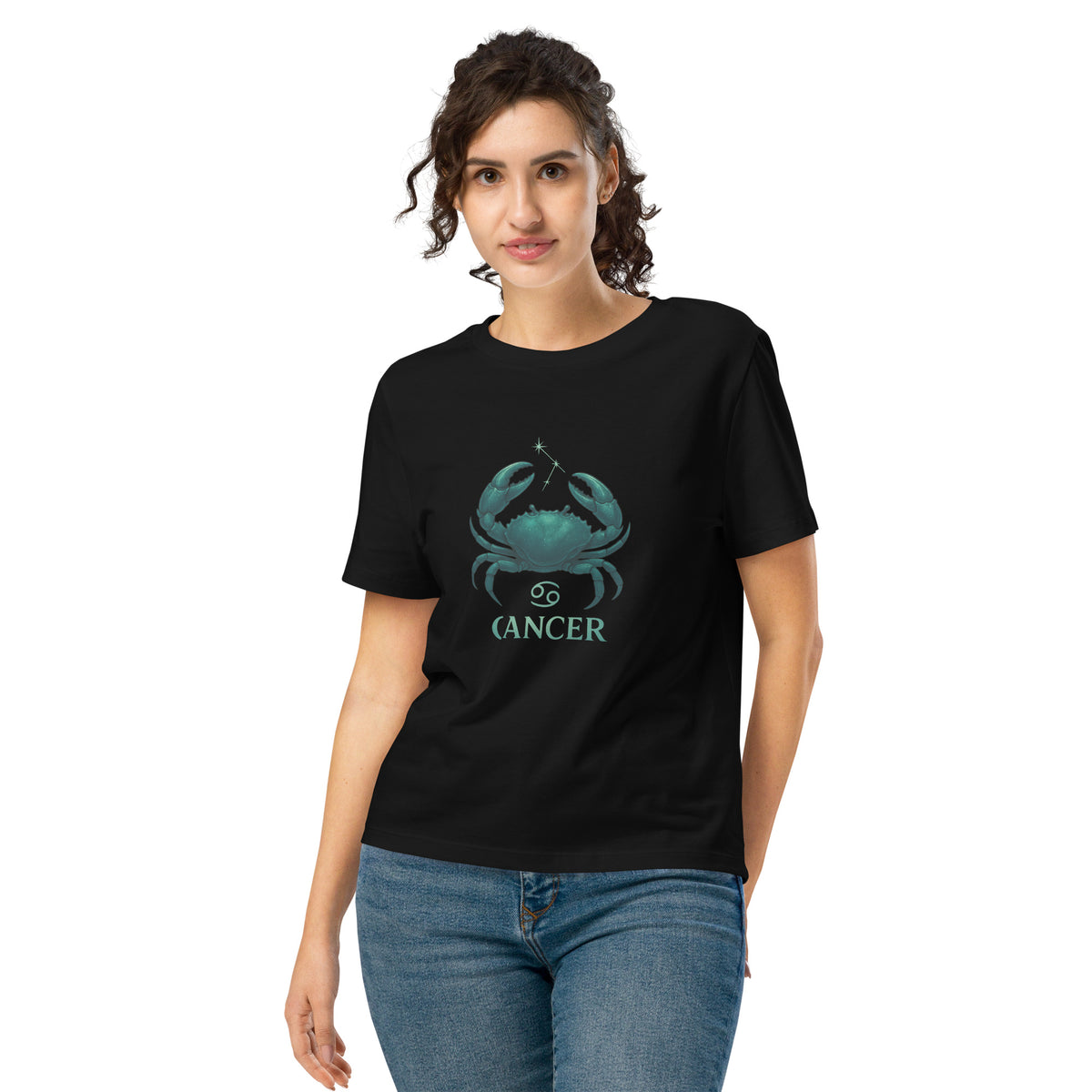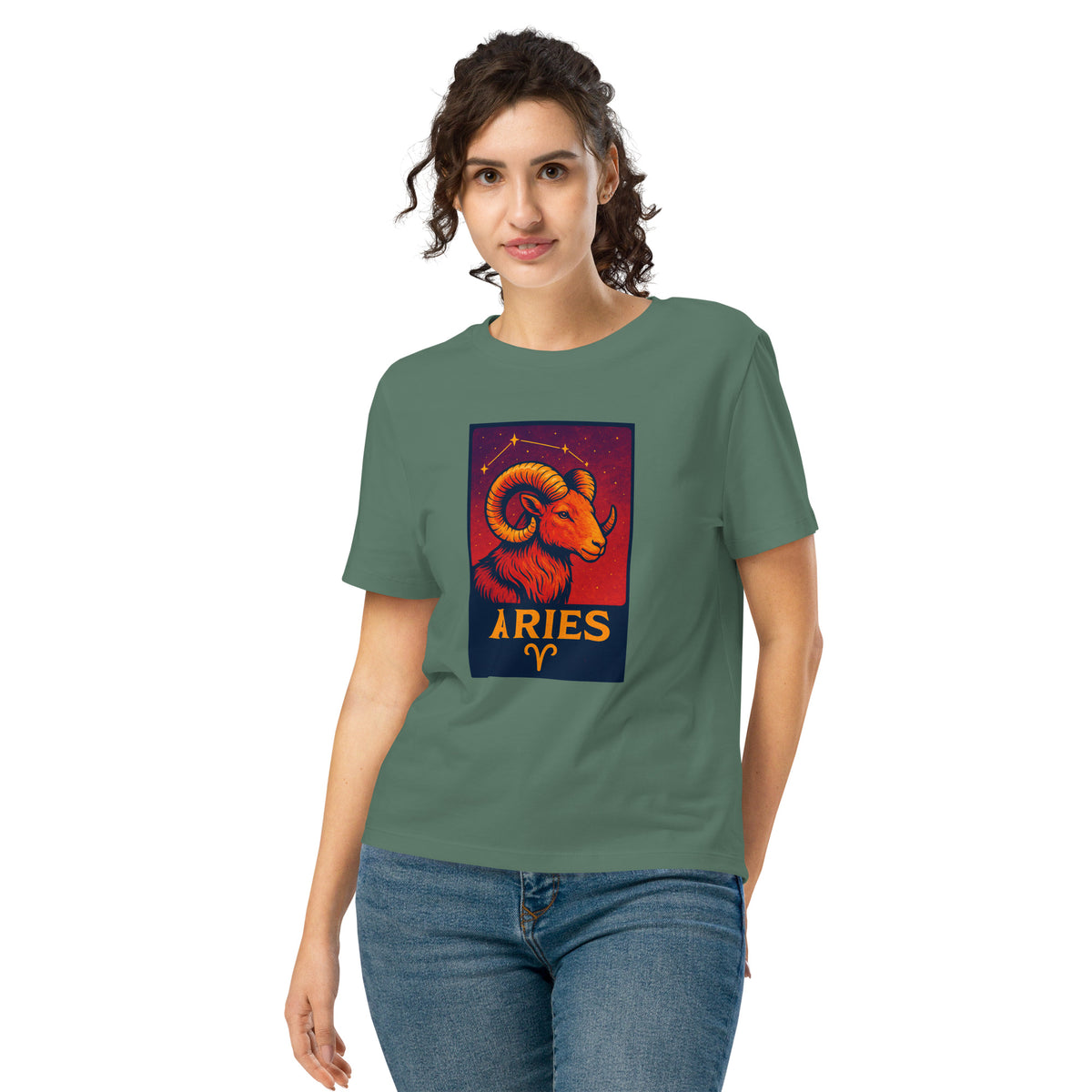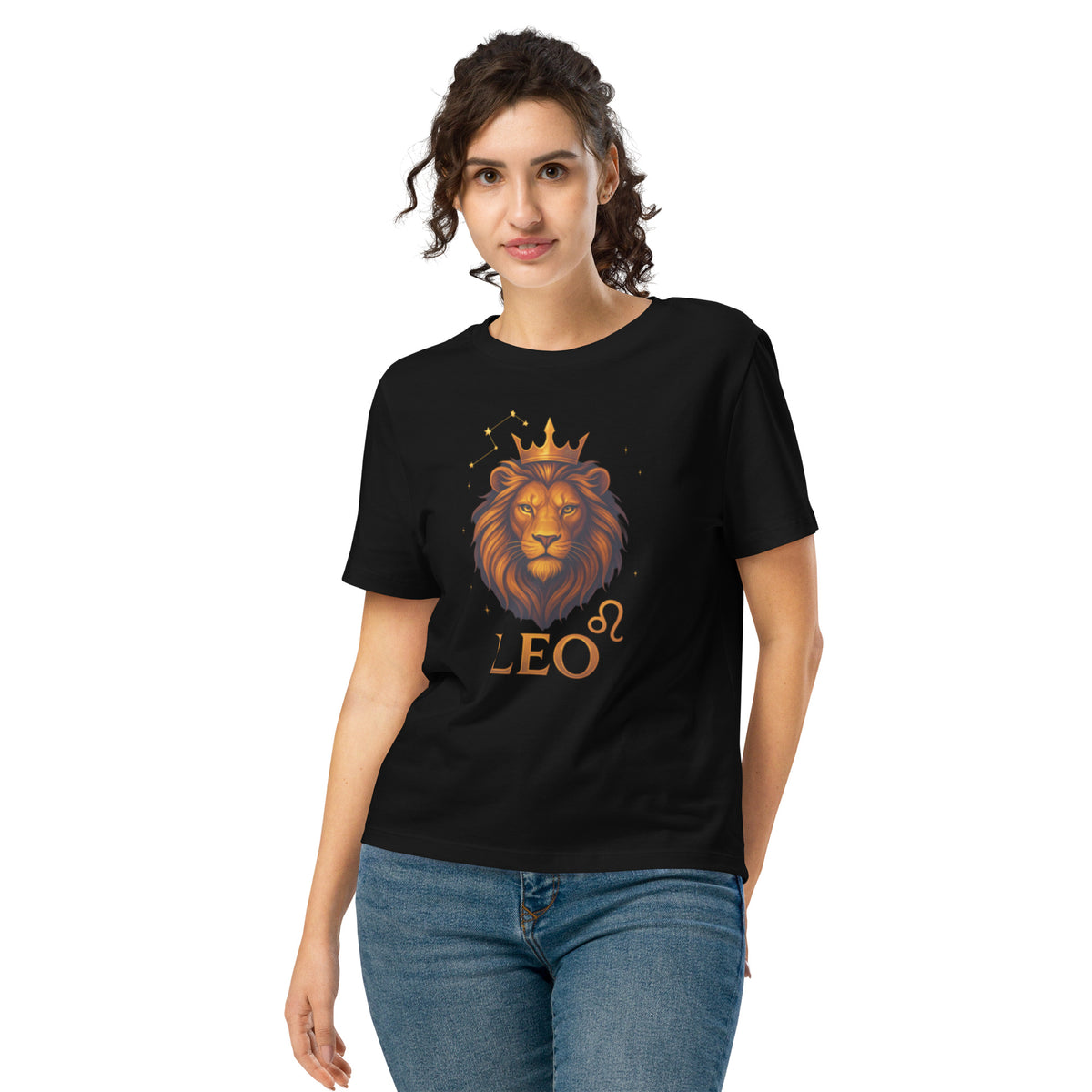The fashion industry is undergoing a transformation like never before, with sustainability at its core. As more consumers become aware of the environmental impact of their wardrobe choices, brands are stepping up to offer more ethical and eco-friendly options. At Satterwhite Shop, we're committed to being part of this movement, advocating for a future where fashion is not only stylish but also responsible. Here's how sustainable fashion is reshaping the industry:
1. Eco-Friendly Materials
One of the most significant changes is the shift towards eco-friendly materials, such as organic cotton, hemp, and recycled fibers that reduce environmental impact. Explore our Twisted Fate Organic High Neck T-Shirt, made with sustainably sourced materials that are gentle on the planet.
2. Ethical Production Practices
Many brands are now ensuring their production practices are ethical, providing fair wages and working conditions for all workers. This not only improves the lives of those in the supply chain but also results in higher-quality garments that consumers can feel good about purchasing.
3. Minimizing Waste
The industry is taking steps to minimize waste through innovative approaches like recycling programs and upcycling. Brands are creating new products from textile waste, limiting what ends up in landfills.
4. Longevity Over Fast Fashion
There's a growing focus on creating durable, high-quality garments that last longer, challenging the wasteful cycle of fast fashion. Our Women's Oversized Heavyweight Twisted Fate Hoodie exemplifies timeless design and quality that stands the test of time.
5. Transparency
Consumers today demand transparency. Brands are now providing detailed insights into their sourcing and production processes. This builds trust and allows customers to make informed choices about the clothes they buy.
6. Reducing Carbon Footprint
Sustainable fashion focuses on reducing the carbon footprint of garment production. From energy-efficient manufacturing to local sourcing, brands are finding ways to cut emissions and protect the environment.
7. Water Conservation
With the fashion industry known for its heavy water usage, many sustainable brands are adopting water-saving technologies and practices. This conscious effort helps preserve this precious resource for future generations.
8. Innovative Fabrics
Innovation in fabric technology is another exciting development, with new materials like biodegradable plastics and lab-grown leather offering eco-friendly alternatives to traditional textiles.
9. Social Responsibility
Sustainability isn't just about the environment; it's also about social responsibility. Brands are taking stands on important issues, ensuring that they contribute positively to society and the communities they operate in.
10. Educating Consumers
Education plays a crucial role in the sustainable fashion movement. By informing consumers about the impact of their choices, brands empower them to make better decisions, fostering a culture of sustainability.
The fashion industry still has a long way to go, but the push for sustainability is gaining momentum. With conscious choices and innovative approaches, we're heading towards a future where fashion is both stylish and sustainable. Join us on this journey at Satterwhite Shop and explore our commitment to a greener planet and a more ethical industry.




0 comments